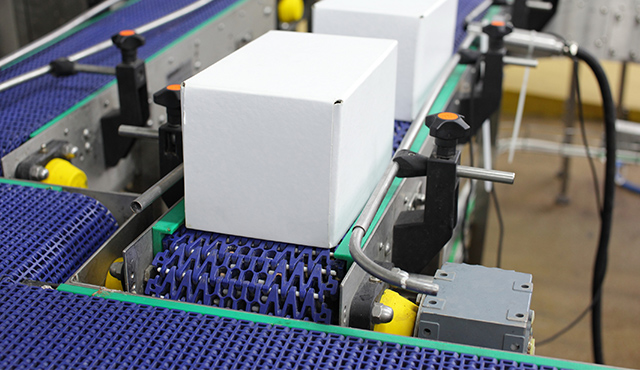When should you install a fixed guard as opposed to an interlocked guard?
Is a bolted guard a permanent fixed guard?
When is it acceptable to replace physical guards with light curtains?
These are common questions people have when selecting the appropriate guarding for their machinery. Guidance on selecting the appropriate guard is available in the Work Health and Safety legislation, section 4 of the Code of Practice, "Managing the Risks of Plant in the Workplace" explains this process. This is based on clause 208 of the Work Health and Safety Regulations (Current legislation for all states and territories except for WA and Victoria).
Here's what the code of practice says about selecting your safe guard:
If access to the area of the machine is not needed during operation, maintenance or cleaning then a permanent fixed safe guard is required. What is a permanent fixed safe guard? The code of practice states this guard is welded or incorporated into the body of the machine, thus a bolted guard is not a permanent fixed safe guard.
If access to the area of the machine is require during operation, maintenance or cleaning then an interlocked guard can be used. This guard will have a safety control system that will cease any relevant hazardous energy to the machine when the safe guard is not in a closed position.
If it's not reasonable to use a permanent fixed safe guard or interlocked safe guard then a fixed safe guard can be used. A fixed safe guard can be removed and replaced with the aid of a special tool, such as a coded spanner or Allen key. Thus a bolted guard would be classed as a fixed safe guard.
If none of the above physical guarding options are practicable, then a presence sensing system, such as light curtains or laser scanners can be used. A common example of this would be a conveyor that transports goods into a robotic cell, if a physical guard was used then the goods would be blocked in entering the cell whereas a light curtain will allow the goods to enter the cell in a safe manner.
The most common query people have about the above guidance is: When should I use an Interlocked Guard or a Fixed Guard?
The interlocked guard is the first option when access is required because a safety control system is protecting the operator from the hazards on the machine. When using fixed guarding we are relying on human behavior to ensure three things:
- The hazardous energy has been isolated before the safe guard is removed
- The hazardous energy will remain isolated while the safe guard is removed
- The guard is replaced before the hazardous energy is resupplied to the machine
Thus two considerations should be made when deciding if a fixed guard is appropriate:
- Frequency of Access - The more frequently we rely on human behavior, the more likely the process will fail. If access is required multiple times a week or during normal operation it would be recommended to use an interlocked guard
- People performing the task - For access through a fixed guard the operator must be trained on the isolation procedure of the machine, this training must be refreshed and documented. If this knowledge can't be relied on then an interlocked guard should be used.



